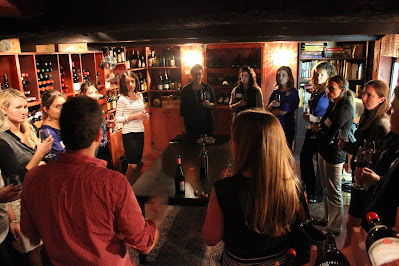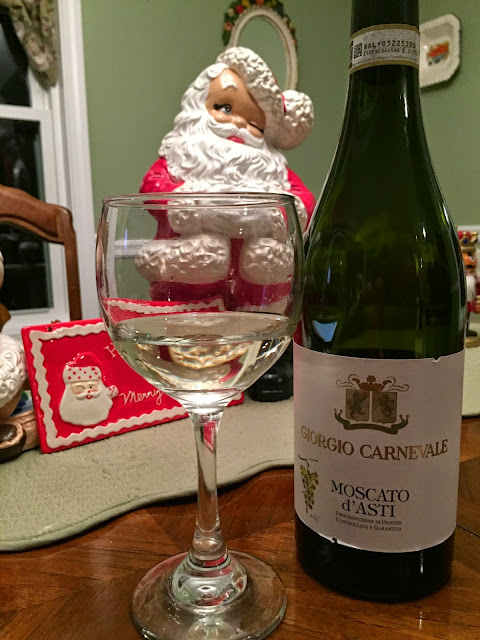Whether you are a local Bostonian and/or New Englander or visiting
from another state or country there is an opportunity to visit some of
the local Boston neighborhoods including local restaurants and sampling
worldwide wines. City Wine Tours is a company that provides guided
tours that explore multiple neighborhoods in Boston including the South
End, the North End, Back Bay and the latest edition to their tour list
providing a sparkling wine tour of Harvard Square in Cambridge. City
Wine Tours provides an opportunity to tour each neighborhood, visit a
few local restaurants and wine shops paired with great wine and a
sampling of food to pair with the wines at each stop. The tours offered
are a fun way of exploring new wines, restaurants and learning about
wine in a warm atmosphere.

Of course being an Italian
wine blogger and lover of all things Italian I chose to attend the North
End Tour, which was led by wine ambassador, Joanne Frette. Joanne is
originally from Scotland and has been living in Boston for the past
couple years. She is a WSET Advanced Certificate holder, which is one
of the world's top wine certifications from the Wine & Spirit
Education Trust.
 |
Joanne Frette
|
We began our North End tour at the
Aragosta restaurant located at the Fairmont Battery Wharf Hotel tucked
away off of Atlantic Ave where we were greeted by Joanne along with a
group of about 13 wine and food lovers for the day. We started our tour
at an intimate part of the bar where we were introduced to one another
and the wines of the day. Joanne educated folks on how to read Italian
wine labels and the process of viewing the color, aromas and tastes of
each wine. We sampled wines from the Veneto region including Prima
Perla Prosecco DOC and the 2013 Cantina Santa Maria la Palma Vermentino
di Sardegna. It was served alongside a nice platter of fresh sliced
meats, cheeses, fruit and figs.
We then walked up to the
main street of the North End, Hanover Street, where we paused briefly in
front of the Old North Church for a brief historical background. We
made our way over to Gennaro's at 5 North Square where we sat in their
dining room upstairs and sampled wines specifically labeled for
Gennaro's including the Gennaro 1st edition 2013 Pinot Grigio and 2012
Valpolicella Classico from the Veneto region of Italy. Both of these
dishes were paired with a variety of cheeses and meats.

Our
last stop was right around the corner at the Wine Bottega on Hanover
Street where we headed downstairs to their wine cellar and gathered
around the table. Katie from the Wine Bottega introduced the 2013
Cellario Favorita and Dolcetto from the Piedmont wine region. The Wine
Bottega sells wines that are organic without additional additives. I've
attended wine tastings there in the past and if you can catch an
opportunity to meet a winemaker or a representative from the wineries
themselves in Italy I recommend it whether it's there or at any
establishment. It's the best way to get a true understanding regarding
the winery and the land in which the wine comes from.

Each
tour offered with City Wine Tours lasts about 2 hours with the
opportunity to sample six wines in total between the restaurant and wine
shop visits costing $66 a person. The walking is very minimal as you
leisurely stroll between establishments. The tours are led by
knowledgeable wine ambassadors that are all certified or have direct
experience within the wine industry.
It's a nice way to
get to meet folks from around the country or world while getting a
taste of the local flavors of Boston's neighborhoods and the world of
wine.






















